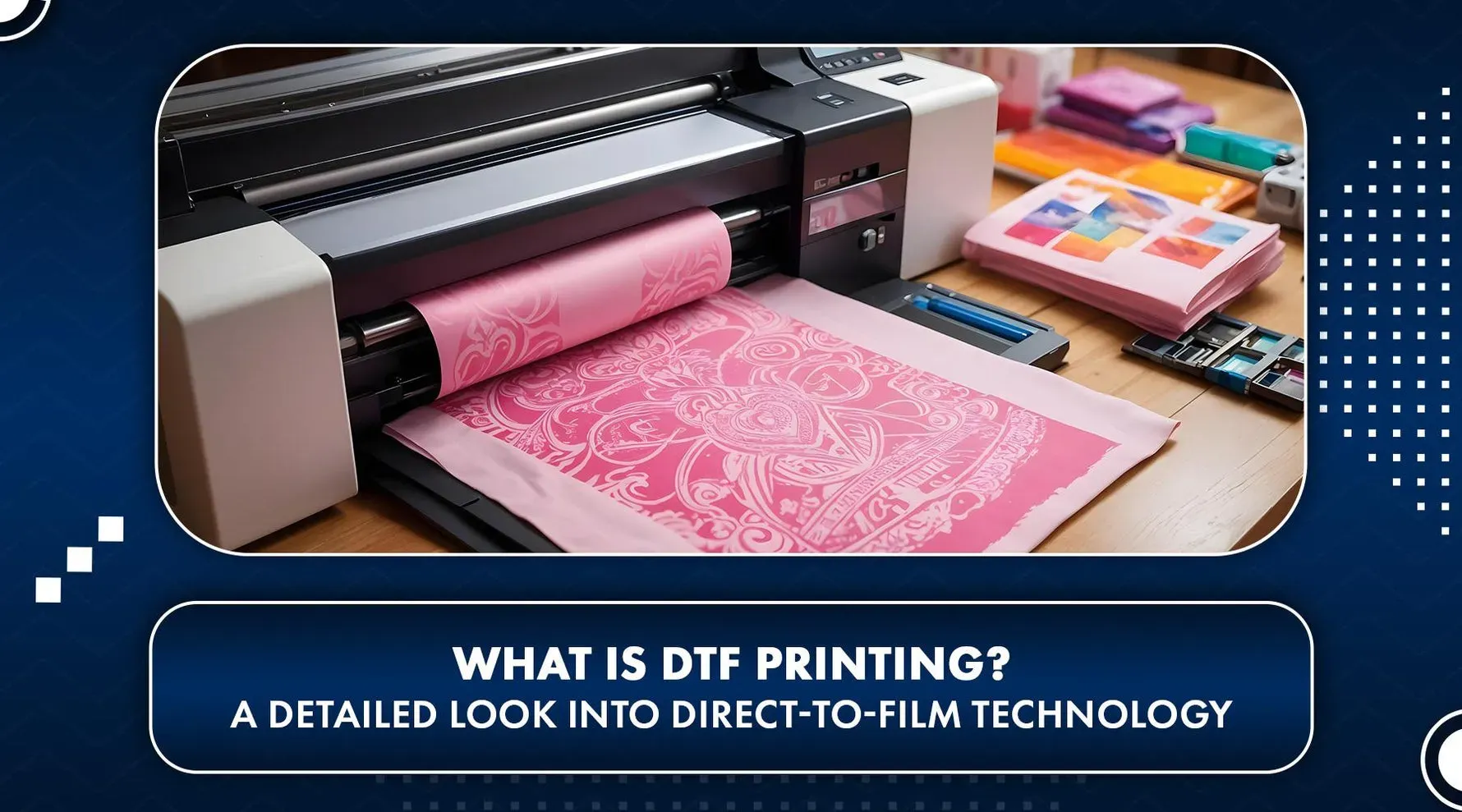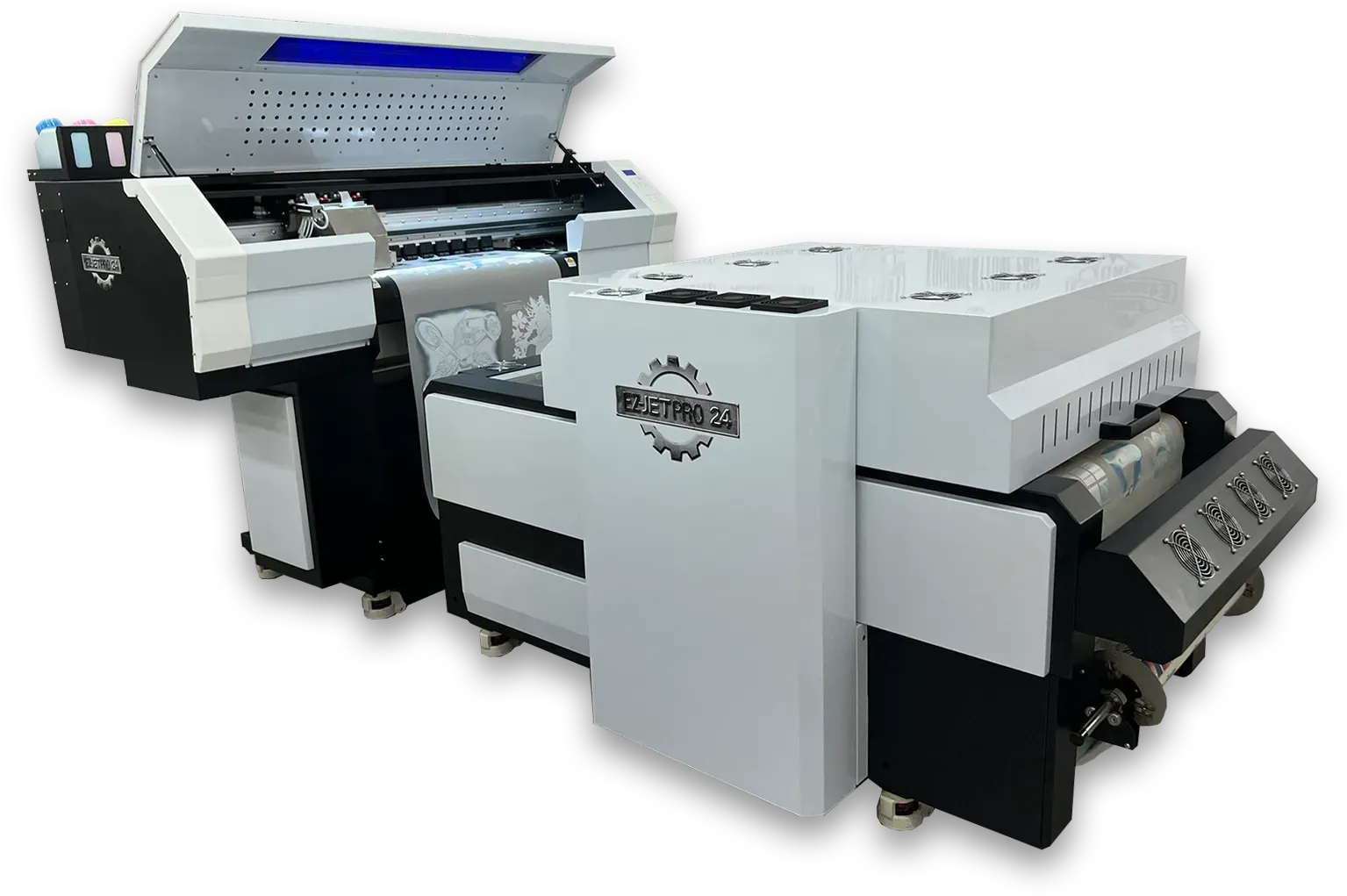DTF Technology: A Beginner’s Guide to DTF Printing
In recent years, **DTF technology**, or Direct-to-Film technology, has revolutionized the landscape of custom printing, especially in the textile industry. This method offers a unique approach when compared to traditional printing techniques, enabling vibrant, high-quality designs to be transferred onto various fabrics with ease. From cost-effective solutions to its versatility for custom apparel DTF printing, the benefits are numerous and compelling. DTF printing applications extend beyond just t-shirts and hoodies; they encompass a wide range of promotional products and creative endeavors. As we explore the nuances of DTF technology, understanding its trends and advantages will equip you with the knowledge to make informed decisions about your printing projects.
Direct-to-Film printing, often referred to as DTF, is gaining traction as a modern alternative to established printing methods such as screen printing and direct-to-garment (DTG). This innovative printing technology utilizes a specialized transfer film to create eye-catching designs that adhere seamlessly to various textile substrates. Its appeal lies in the array of applications and unique design capabilities it offers, making it particularly advantageous for businesses venturing into custom apparel. With its ability to produce vivid colors and durable prints, DTF is carving out its niche in industries ranging from fashion to promotional products. By understanding the emerging trends and potential of DTF, you can leverage this technology for your specific printing needs.
Understanding DTF Technology: A Comprehensive Overview
Direct-to-Film (DTF) technology is rapidly revolutionizing the printing landscape, making it an attractive option for custom apparel and various textile applications. This innovative method allows for the transfer of intricate designs directly onto fabrics with utmost precision, making it especially appealing to both small businesses and larger production cycles. The process begins with printing onto a specially designed film, which is then transferred to the fabric through a combination of heat and adhesive powder, ensuring high-quality results that are vividly colorful and durable.
One of the key reasons DTF technology is gaining traction is its remarkable versatility. Unlike many traditional printing methods that may be limited to certain fabric types, DTF can effectively print on an array of materials including cotton, polyester, treated nylon, and blends. This opens up opportunities for entrepreneurs in the custom apparel DTF printing niche to cater to a diverse clientele, expanding their product ranges and enhancing customer satisfaction.
Frequently Asked Questions
What is DTF technology and how does it work?
DTF technology, or Direct-to-Film printing, is a modern method that utilizes a specialized transfer film to apply vibrant designs onto various fabric types. The process starts with printing a design on DTF film using high-quality ink, followed by applying adhesive powder and curing the film with heat. Finally, the film is transferred onto the fabric with a heat press, creating durable and colorful prints.
What are the benefits of DTF printing for custom apparel?
DTF printing offers numerous benefits for custom apparel, including versatility as it can be used on various materials such as cotton, polyester, and blends. It’s also cost-effective for short runs, making it ideal for small businesses. Additionally, DTF prints are known for their durability against cracking and fading, ensuring long-lasting, vibrant designs.
In which industries can DTF printing applications be utilized?
DTF printing applications are highly versatile and can be utilized in multiple industries. Common applications include custom apparel such as T-shirts, hoodies, and caps, as well as promotional products like bags and banners. The fashion industry also increasingly embraces DTF technology for unique, personalized designs.
What are the current trends in DTF technology?
Current trends in DTF technology include advancements in equipment and ink formulations, which continue to enhance print quality and efficiency. Key manufacturers like Epson and Mimaki are innovating to make DTF printing more accessible to small businesses. Additionally, the rise of online tutorials and communities is supporting new users in mastering DTF technology.
How does DTF printing compare to other printing methods?
Compared to traditional methods like screen printing or direct-to-garment (DTG) printing, DTF technology offers greater versatility and cost-effectiveness, especially for short runs. DTF prints achieve durable outcomes that resist fading and offer vibrant colors, making them a favorable choice for custom printing projects.
What challenges may one face when using DTF technology?
When using DTF technology, common challenges include equipment maintenance to ensure print quality, sourcing high-quality films and inks, and coping with a learning curve. Users may need to adjust heat press settings for various substrates, requiring testing and fine-tuning to achieve optimal results.
| Key Point | Description |
|---|---|
| Introduction | Overview of DTF technology and its significance in the printing industry. |
| What is DTF Technology? | A unique printing method using transfer film for vibrant designs on textiles. |
| How DTF Works | The process involves printing on DTF film, applying adhesive powder, curing, and heat transferring onto fabric. |
| Advantages of DTF Technology | Includes versatility, cost-effectiveness, durability, and vibrant colors across various substrates. |
| Applications of DTF | Used for custom apparel, promotional items, and in the fashion industry. |
| Current Trends | Innovations in equipment and ink formulations from manufacturers like Epson and Mimaki enhance quality and accessibility. |
| Challenges of DTF Technology | Challenges include equipment maintenance, material sourcing, and a learning curve for optimal settings. |
Summary
DTF technology is revolutionizing the custom printing landscape by offering flexibility, durability, and vibrant results that cater to a wide range of materials. As businesses and individual creators alike explore its benefits, understanding the intricacies of DTF technology becomes essential for maximizing its potential. With ongoing advancements and a growing community of users sharing knowledge, now is the perfect time to engage with this innovative printing method, ensuring that your projects not only meet but exceed your creative and commercial ambitions.







